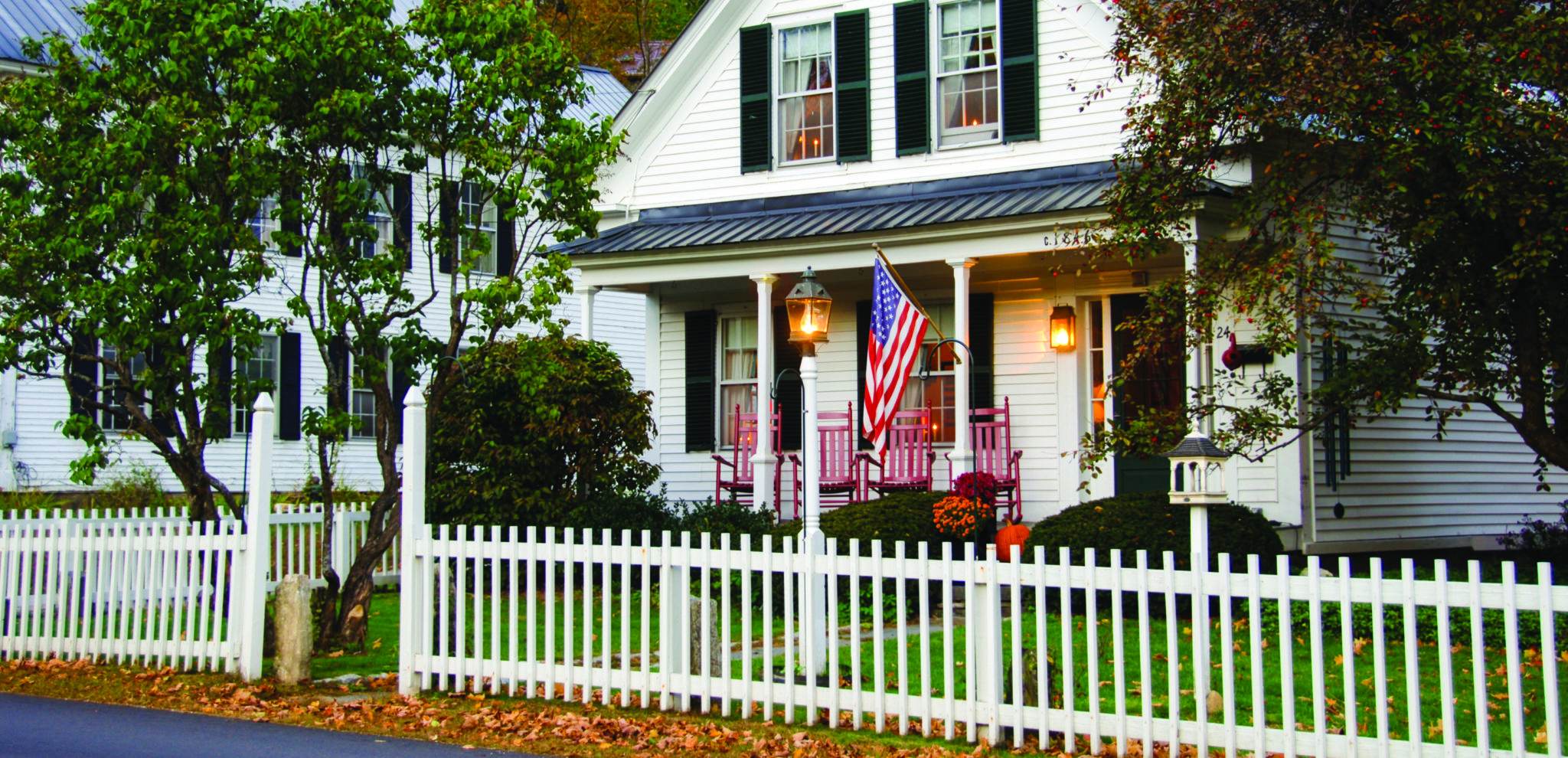Famed historian and writer James Truslow Adams once said, “The American Dream is that dream of a land in which life should be better and richer and fuller for everyone, with opportunity for each according to ability or achievement.” This quote went on to inspire many, and it laid the foundation for what became the famous term “The American Dream.” But since the term was coined in 1931, much has changed.

The emergence of new technology, the rise and fall of the housing market, and cultural changes both big and small have morphed our understanding of the American Dream.
What was once represented by white picket fence suburbia and a nuclear family no longer holds true. Maybe for some, but for many—especially those in the millennial camp—the idea of the American Dream has shifted. Whether due to rising rent in cities, the student debt crisis, or simply the changing times, the idea that Adams coined in the 1930s has shifted.
As of two years ago, a staggering 48% of millennials believe the American Dream to be dead, according to the Washington Post. This percentage is significant, as it explains why many choose to live at home longer or continue renting apartments, as opposed to buying property of their own. Or, maybe the Mad Men style family image is no longer the standard.

With career changes moving at a rapid pace—and people changing jobs as often as once every five years—it’s no wonder life outside of work has transformed as well. For those who do make career moves this frequently, they might consider the ideal situation to be in a more cosmopolitan, fast-paced environment. Their American Dream might look a lot different from what their grandparent’s and parent’s idealized when this term was coined.
Another large factor is financial security, which continues to play a large role in big decisions like raising a family and buying a home. At one point in time, these were the two things that defined what the American Dream entailed. Now, it means something different to each person. For some, it may indeed be exorbitant rent in the city they love—who believe they can’t put a price on being in walking distance to the best restaurants or exciting nightlife. While for others, the American Dream stands firm as the traditional house with a lawn and a two-car garage.

The point being, no “dream” looks the same today, in real estate or otherwise.
Stereotypes are being challenged every day, and what was once the prototype for a successful home life now looks unique to each individual. Some might say the American Dream is dead, but really, it’s a sign of the changing times, and it’s important to adapt with them.
And what better way of adapting with the times than fully embracing technology? In business, technology is the backbone of creating and maintaining relationships. When a simple Facebook post can reach hundreds and one click of “send” can lead to your biggest deal yet—technology is a no-brainer.
At ReminderMedia, we know how important staying up-to-date is. We pride ourselves in offering a suite of products that not only help you connect with your clients, but also gain a competitive edge with electronic resources.
Download our free e-book The Relationship Marketer’s Guide to Branding . It will help ensure that you’re up to speed with relationship marketing, regardless of the times, and bring your branding into the new era.









 Apple Podcasts
Apple Podcasts
 Google Play
Google Play
 Spotify
Spotify











